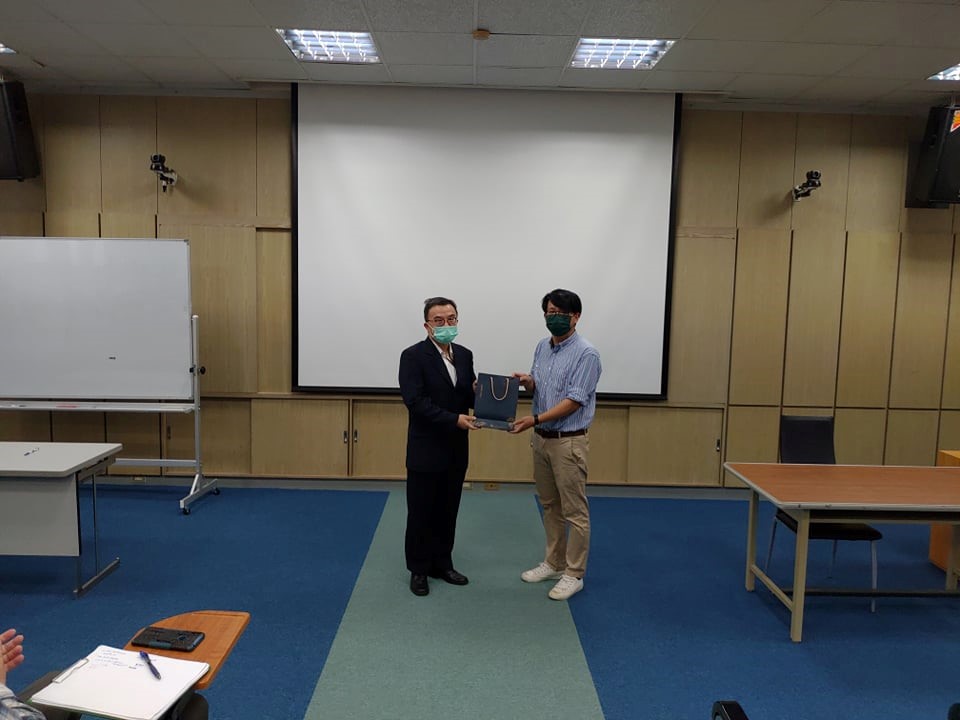
本次專題討論課程很高興邀請到中興生物機電工程學系的蔡燿全教授。蔡教授主要研究微機電應用於感測器開發、影像技術及人工智慧應用於智慧農業。蔡教授首先分享影像處理技術應用於溫室網紋瓜的生長分析,從種植網紋瓜開始嘗試,將植株照片套用影像辨識二值化以量化生長指標,並設計與農民合作的分析介面,最終嘗試校正場域變化造成的影像差異。接著,他分享植物應變感測器之研究,目標是發展結合物聯網技術的軟性透氣應變規,能即時監測且不影響植物生長;同時,其團隊也開發結合石墨烯和奈米碳管的可拉伸電阻式應變感測器,並比較相異材料修飾對感測表面造成的影響,最終進行植株生長長期監測。蔡教授的研究綜合性地應用於智慧農業領域,最後以他自身的研究歷程勉勵同學們趁年輕選困難的路走,才能有更多的成長。
撰寫者:碩士生殷維容
It is very pleased to invite Professor Tsai from the Department of Biomechatronics Engineering in National Chung Hsing University. Professor Tsai researches the application of micro-electro-mechanics to sensor development, imaging technology and artificial intelligence in smart agriculture. At first, Professor Tsai shares the application of image processing technology to the growth analysis of reticulated melons in greenhouses, starting from planting reticulated melons, applying image recognition binarization to plant photos to quantify growth indicators, designing an interface for cooperation with farmers, and finally tries to correct image differences caused by field changes. Next, he shares the research on strain sensors of plants and the goal is to develop a soft and breathable strain gauge that combines IoT technology, which can monitor plants real-time without affecting plant growth. At the same time, his team also develops a stretchable, resistive-based strain-sensor which combines graphene and carbon nanotubes, comparing the effects of different material modification on the sensing surface and performs long-term plant growth monitoring finally. Professor Tsai's research is comprehensively applied to the field of smart agriculture. At last, he encourages students to choose the difficult choice to have more growth with his own research experience.
Author: Master student: Wei-Rong Yin